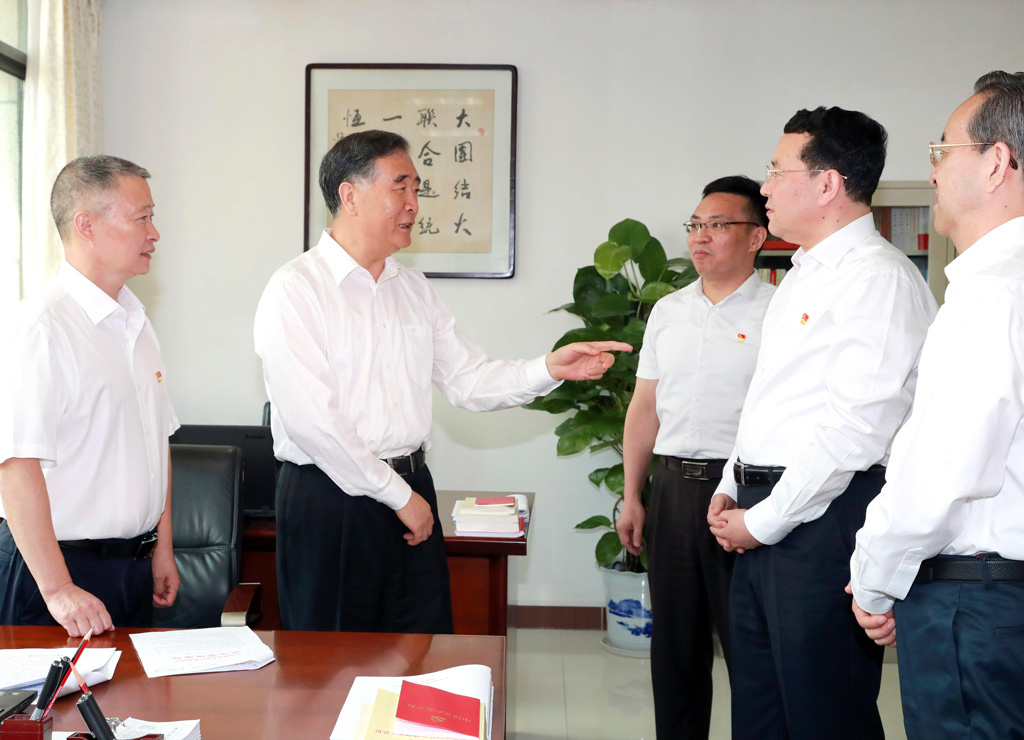
Guest post: Why would anyone finance another coal power plant in China?

Max Dupuy
09.07.20
Max Dupuy
07.09.2020 | 11:30amGovernment officials and state-owned energy enterprises in China are currently debating another wave of coal power investment, despite a severely diminished business case for the technology.
These companies that own and operate China’s coal fleet are already facing financial losses, thanks to increasing competition from renewables, market reforms and overcapacity in the sector. Some recent estimates find that the cost of building new solar generation in China is approaching the operating cost of coal generation.
The enterprises that dominate the power sector in China are state-owned, but they do respond to profit incentives. Given the risk of additional financial losses, why would these firms not only consider, but also actively promote, a wave of new coal power plants in China?
In this article, I try to answer the question by exploring two aspects of China’s power sector. First, the specific policies that govern the power industry and, second, the broader context of China’s financial system and economic policy.
Power sector incentives
Five years ago, China’s central government launched a major blueprint to reform the power sector. The subsequent implementation has begun to change incentives, level the playing field for clean energy, as well as force coal-fired generators to face new competitive pressure.

This represents an important step toward revealing the underlying economics of coal and motivating the retirement of uneconomic coal units.
However, power sector reform is far from complete and the transition has been uneven across the country. Large parts of the country have yet to move far from the status quo approach to pricing, regulation and planning, which features distorted incentives that favour coal.
This includes a legacy of administrative “annual generator output” planning, under which many coal generation units still receive an officially designated number of operating hours each year, at a generous price. These units might otherwise be forced to retire by a reasonably-designed market.
There has been significant progress toward implementing effective reform in some provinces, including new market mechanisms. As a result, the practice of annual generation output planning has been reduced in scope – but it is still partially in force, even in provinces that are relatively advanced with market reform implementation.
Meanwhile, several other threads of power sector reform have moved forward, but are still works-in-progress. These include efforts to support integration of wind and solar energy by improving grid flexibility, enforce emission standards for coal generators and implement meaningful emissions pricing.
The upshot is that incentives for companies in the power sector are changing, and the prospects for new coal power – and the potential to ramp down the size of China’s fleet overall – hangs partly on continued progress with power sector reform.
Broader economic and financial picture
While these regulatory and market forces within the power sector are important in determining the size of China’s coal fleet, broader economic and policy trends also influence investment decisions.
For years, coal power was swept along by the forces that have buoyed investment in cement, steel and other heavy industries in China. In the late 1990s, the central government initiated a raft of policies to bolster heavy industry, including preferential credit from state-owned banks.
Meanwhile, provincial and local officials have used their considerable authority – including influence with state-owned banks and leeway to create local government financing vehicles – to encourage heavy industrial investments in their jurisdictions.
These officials, in turn, are responding to opportunities for promotion within a national system that has been based on success in meeting targets for local economic metrics, creating a dynamic that some researchers have called a “GDP competition”.

Wang Yang, a member of the Standing Committee of the Political Bureau of the Communist Party of China (CPC) Central Committee and chairman of the Chinese People’s Political Consultative Conference (CPPCC) National Committee, meets with officials of the United Front Work Department of the Hubei Provincial Committee of the Communist Party of China in Wuhan. Credit: Xinhua / Alamy Stock Photo.
Officials realise that one way to boost reported local GDP and investment statistics is to engineer finance for large industrial and infrastructure investments, even if the capital investment cannot be justified on conventional economic grounds – and even if it means creating a non-performing loan.
In the specific case of coal power, these forces have been reinforced by a central government decision to decentralise power plant approval to provincial officials in 2014.
This combination of preferential credit to heavy industry, coupled with local officialdom eager to boost reported investment and GDP, has contributed to overinvestment in heavy industry and has been a major part of the story of coal investment in China.
Beginning around 2015-16, the central government kicked off an effort to try to deal with these imbalances, packaged as a shift to a “new normal” framing of economic policy. This has included acceptance of slower economic growth and attempts to target excess capacity in various industries, including the power sector.
Now, in 2020, the economic uncertainty associated with the pandemic and the associated global economic downturn is raising new questions about the broad path of financial and economic policy in China. The familiar path for policymakers includes a major role for heavy industry.
The headline fiscal stimulus – that is, on-budget government stimulus spending – is relatively “green” in nature, centered on funds for high-speed rail and 5G networks.
However, fiscal stimulus is likely to be a small part of the picture. A bigger question is the extent to which recovery efforts include major – and, perhaps, less discriminate – expansion of credit through the financial system, to heavy industry in general and coal power in particular.
This was the case in the response to the 2008-09 global economic crisis. Recent easing of restrictions on coal power investments by the National Energy Administration suggest that a way may be opening again for local officials to arrange financial terms that insulate power companies from the risk of new power investments.
Next five-year plan
The outlook for power sector transformation – and the trajectory for coal power in China – hinges on policymaking in two spheres.
The first involves reforming the incentives for investment in power plants and other assets in the electricity sector – that is, the detailed issues concerning design and implementation of power markets, planning methods and practices, and regulations concerning pricing and other issues.
Secondly, the outlook also depends on broader financial and economic policy, including reducing preferential treatment for heavy industry and changing the career incentives for local officials.
One way to think about these two spheres is to consider finance for a coal plant. On one side, the rules of the game in the power sector influence the prospects for future revenue. On the other side, financial sector policies and the career goals of local officials influence the availability and cost of capital, for power sector and other infrastructure investments.
Policymakers, enterprises and other interested parties are vigorously debating various aspects of this puzzle – but the challenge is to grapple with the whole picture at once.
The upcoming 14th five-year plan will likely include openings on both sides of the equation. The plan will include language on the direction of the overall economy and the financial sector. Meanwhile, the plan will also have a power-sector component that will likely offer broad statements about continuing power sector reform.
The difficult part will be to flesh out and implement these direction-setting statements in a way that puts coal power in China on a trajectory that reflects the availability of cost-effective alternatives, which would imply rapid retirements. This would bring lower costs and better air quality for Chinese consumers and would be a major contribution to global climate goals.
-
Guest post: Why would anyone finance another coal power plant in China?
-
Guest post: Understanding the drivers of coal power expansion in China

